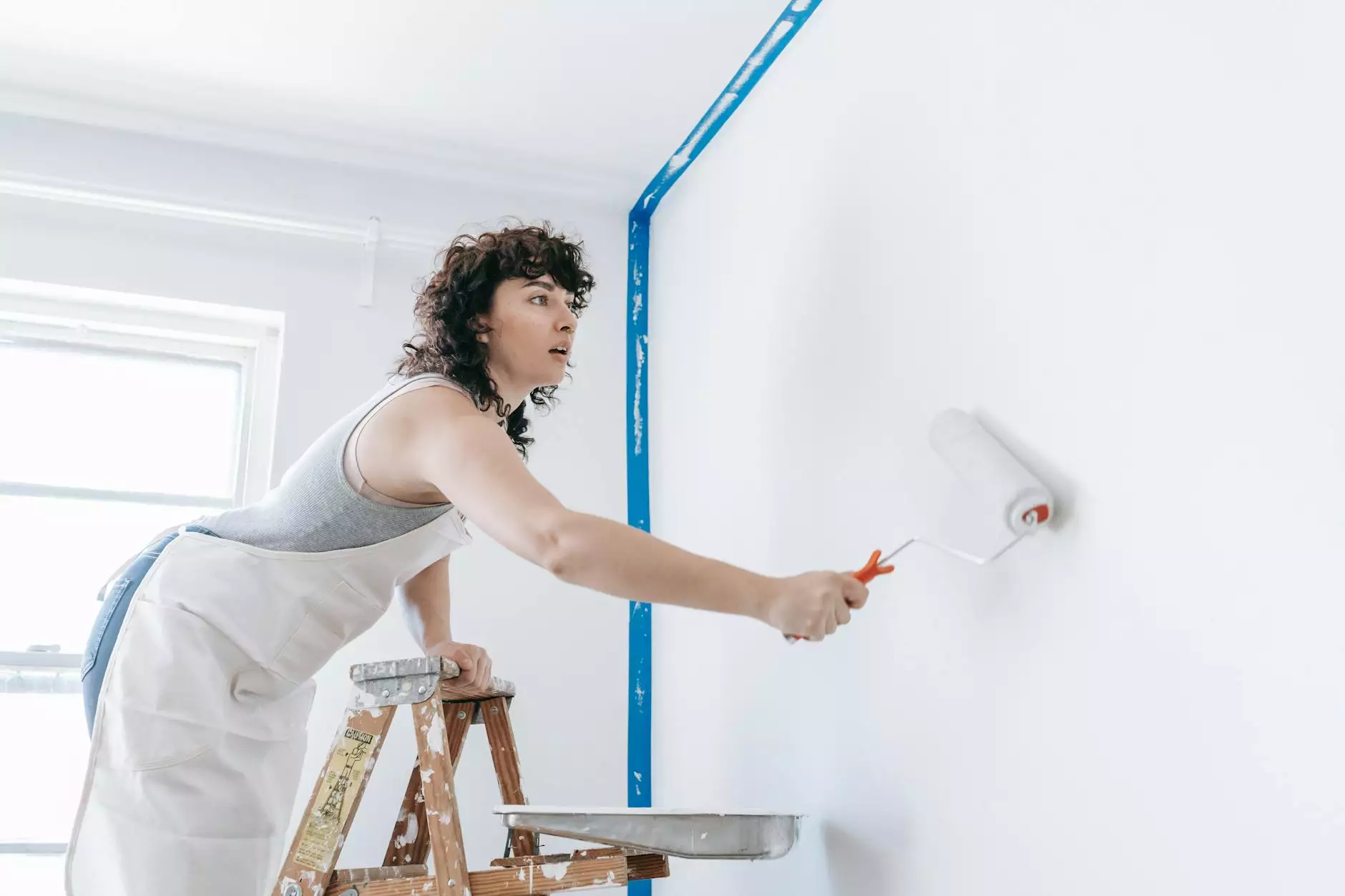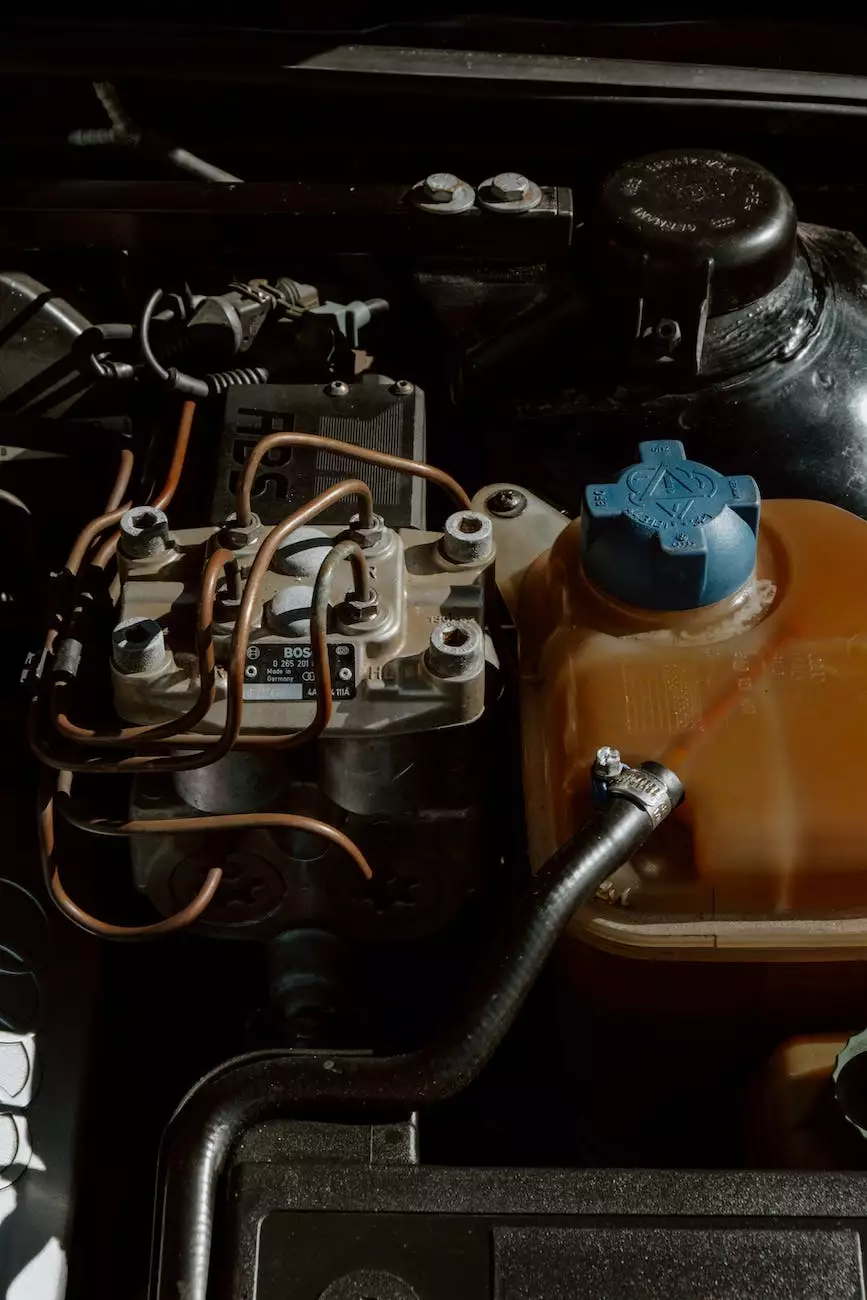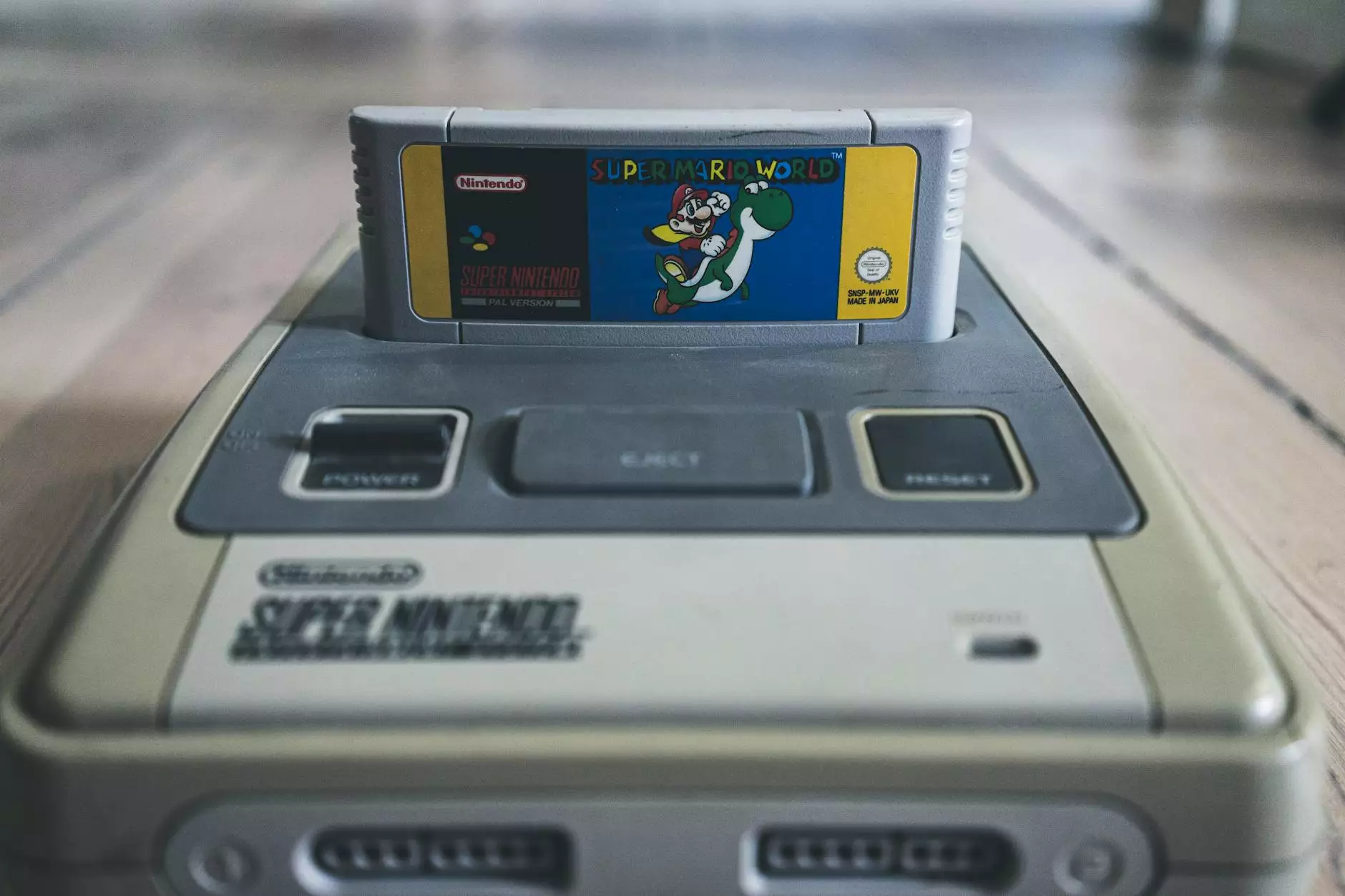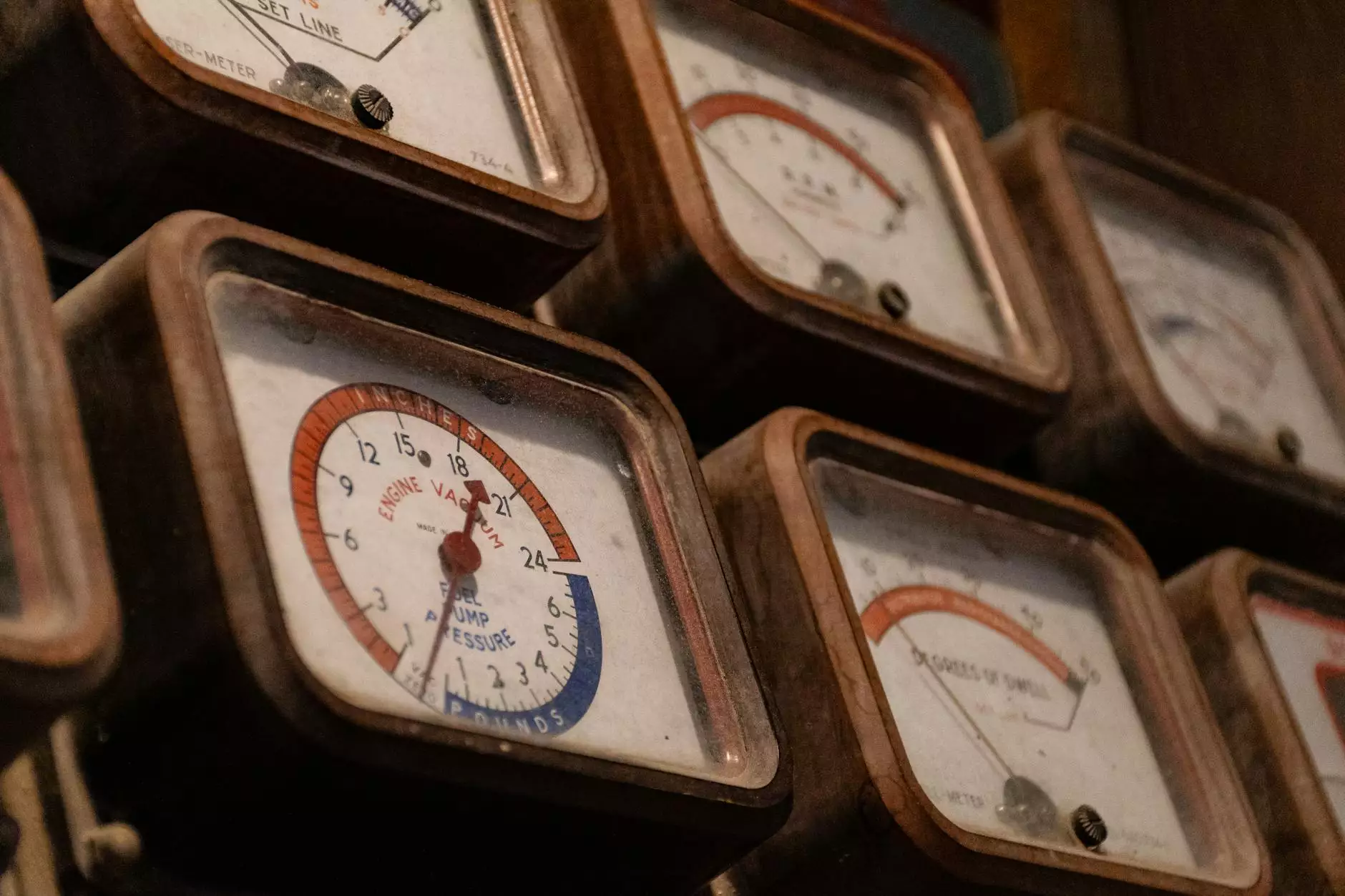Got Cracks? Here's How to Repair Them
Blog
Introduction
Welcome to Rusty's Upholstery, your go-to source for all your furniture repair needs. In this comprehensive guide, we will provide you with step-by-step instructions on how to repair cracks in your furniture. Whether you have a vintage armchair, a beloved coffee table, or a cherished dining set, our expert tips and techniques will help you restore their beauty and functionality.
The Importance of Furniture Repair
Cracks in furniture can be unsightly and compromise the structural integrity of the piece. Repairing them not only improves the aesthetics but also prolongs the lifespan of your furniture. By taking the time to address cracks promptly, you can prevent them from spreading and causing further damage over time.
Tools and Materials
Before you start repairing the cracks in your furniture, gather the necessary tools and materials. At Goodson Tools, we offer a wide range of high-quality upholstery tools that will make your repair process easier and more efficient. Here are some essential tools you'll need:
- Wood glue - Choose a high-quality wood glue that is specifically designed for furniture repair.
- Clamps - Clamps are essential for holding the cracked areas together while the glue dries.
- Sanding paper - Use sandpaper to smooth the repaired areas and blend them with the rest of the piece.
- Wood filler - Wood filler is used to fill in any gaps or holes in the wood caused by the cracks.
- Paint or stain - Depending on the finish of your furniture, you may need to apply paint or stain to match the repaired area with the rest of the piece.
- Protective gloves and goggles - Safety should always come first, so make sure to wear protective gear to prevent any accidents during the repair process.
Step-by-Step Repair Process
Step 1: Assess the Damage
Start by examining the cracks in your furniture. Determine if they are superficial or if they extend deeper into the wood. This will help you understand the scope of the repair and guide your decision-making process.
Step 2: Clean and Prepare the Surface
Before applying any adhesive or filler, ensure that the surface is clean and free of debris. Use a soft cloth or brush to remove dust, dirt, and any loose particles. This will allow for better adhesion and a more seamless repair.
Step 3: Apply Wood Glue
Using a small brush or a toothpick, apply the wood glue to both sides of the crack. Be generous with the glue, but make sure not to overdo it. Gently press the cracked areas together, aligning them as accurately as possible.
Step 4: Secure with Clamps
Once you've applied the glue, use clamps to hold the cracked areas together firmly. Position the clamps strategically, ensuring even pressure distribution. Leave the clamps in place until the glue has completely dried, following the manufacturer's instructions.
Step 5: Sand and Fill
Once the glue has dried and the clamps have been removed, sand the repaired area to smooth out any excess glue or rough surfaces. Apply wood filler to any gaps or holes caused by the cracks and let it dry completely. Sand the filled areas until they are flush with the surrounding wood.
Step 6: Finishing Touches
To complete the repair, apply paint or stain to match the color and finish of your furniture. Ensure that the repaired area blends seamlessly with the rest of the piece. Allow the paint or stain to dry completely before using or moving the furniture.
Preventive Measures
Repairing cracks in your furniture is just one part of the equation. To prevent future cracks and damage, here are some preventive measures you can take:
- Avoid extreme temperature and humidity changes - Fluctuations in temperature and humidity can cause wood to expand and contract, leading to cracks. Keep your furniture in a controlled environment.
- Use coasters and protective pads - Place coasters under hot or cold items to protect the surface from potential damage. Additionally, use protective pads or felt under heavy objects to distribute the weight evenly.
- Regular cleaning and maintenance - Dust your furniture regularly and apply appropriate treatments to keep the wood moisturized. This helps prevent drying and cracking.
- Use furniture wax or polish - Applying furniture wax or polish can provide an extra layer of protection and keep your furniture looking its best.
Conclusion
Repairing cracks in your furniture doesn't have to be a daunting task. With the right tools, materials, and techniques, you can restore your furniture's beauty and functionality. Remember to assess the damage, clean and prepare the surface, apply wood glue, secure with clamps, sand and fill, and apply the appropriate finish. Taking preventive measures will also help prolong the lifespan of your furniture. Trust the experts at Goodson Tools for all your furniture repair needs. Contact us today to learn more about our high-quality tools!










